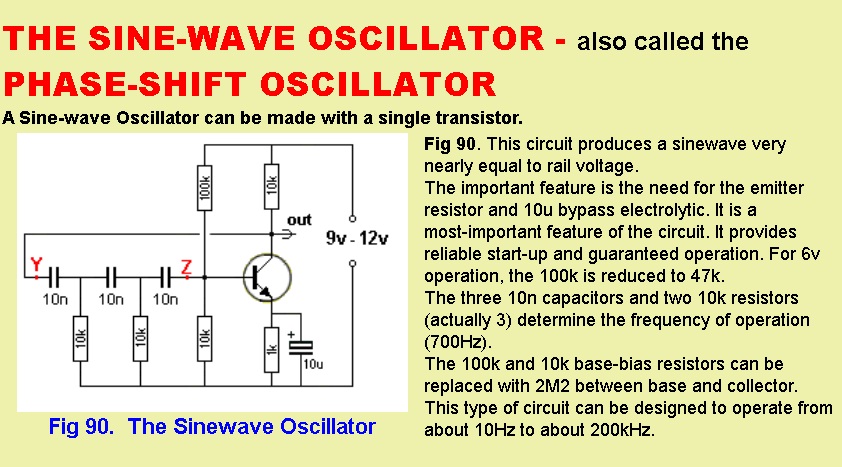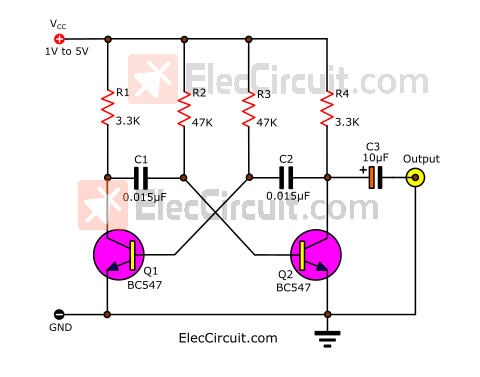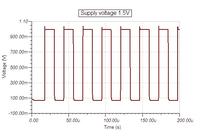nima_1981
Member level 3

- Joined
- Apr 22, 2010
- Messages
- 61
- Helped
- 0
- Reputation
- 0
- Reaction score
- 0
- Trophy points
- 1,286
- Location
- Ocean Mind
- Activity points
- 1,877
Hi guys
I need to design schematic and i can not use ic
I need low power oscillator that can work with 1.5 V to 2.8 V power supply .
frq need set to 50 Khz and Vpp 1 V square ,
i have this schismatic but i can not bias that transistor work in that range .
Thanks

I need to design schematic and i can not use ic
I need low power oscillator that can work with 1.5 V to 2.8 V power supply .
frq need set to 50 Khz and Vpp 1 V square ,
i have this schismatic but i can not bias that transistor work in that range .
Thanks














